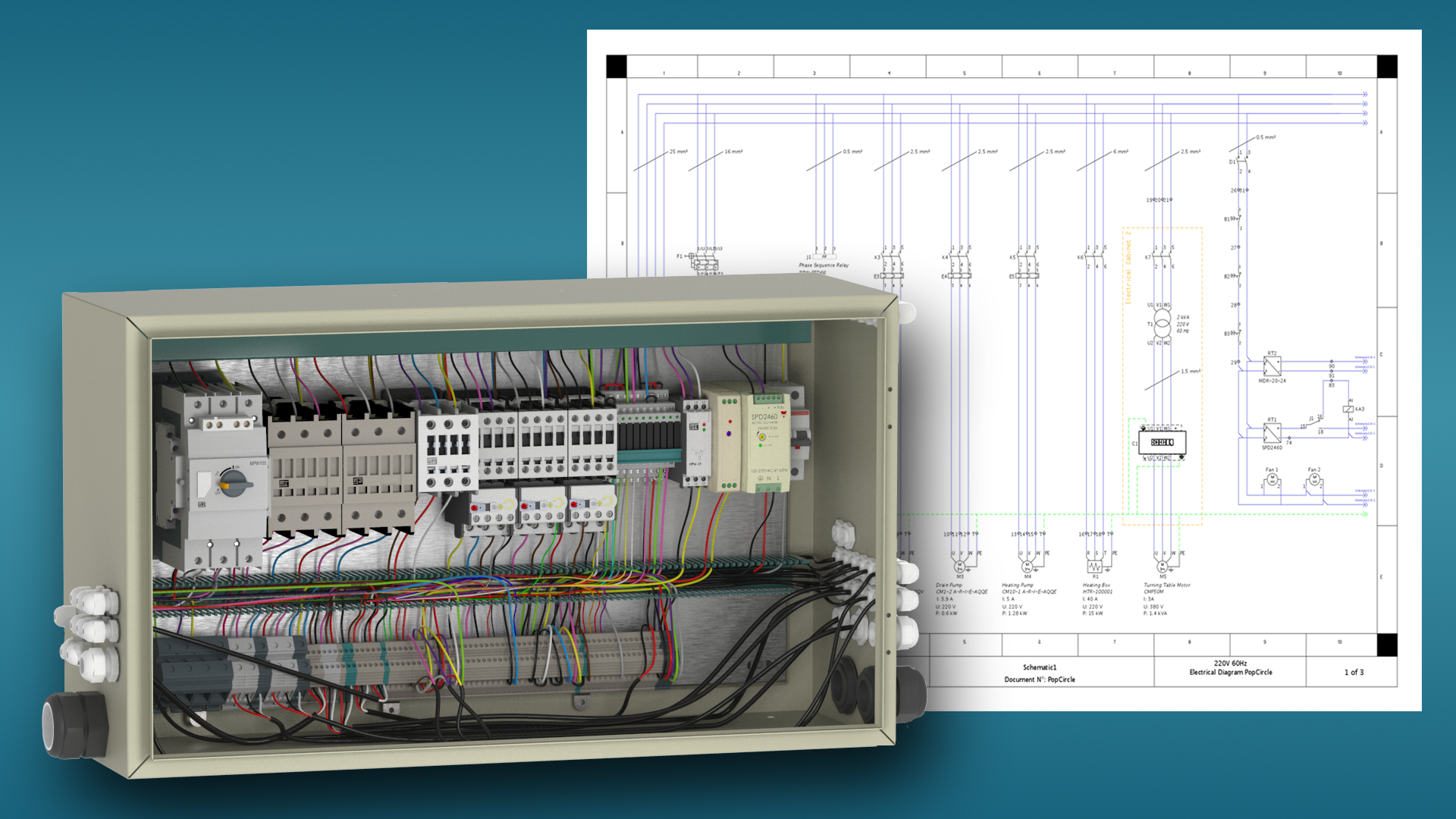In order to create an electrical system, a design must first be created. This is where software comes in – it provides the ability to not only create the designs, but to test them virtually before they are ever built. By incorporating electrical designs into your software, you can streamline the process and get your product to market faster. Let’s take a look at how SOLIDWORKS electrical software works.
Design Creation
Creating an electrical design is the first step in the process. This can be done using any number of software programs, each with their own advantages and disadvantages. Once the design is complete, it can be simulated using computer software to test for errors. This helps to ensure that the product will work as intended before it is ever built.
Software Simulation
Simulating an electrical design allows you to test it virtually before it is ever built. This helps to identify errors and potential problems so that they can be corrected before production begins. By doing this, you can save time and money by getting your product to market faster.
Incorporating Designs Into Your Software
In order to incorporate electrical designs into your software, you will need a program that is specifically designed for this purpose. There are many different programs available on the market, so it is important to choose one that fits your specific needs.
Once you have selected a program, you can then begin incorporating your designs into it. This process can be streamlined by using templates or importing existing designs.
Integrating electrical design elements within a 3D model
Electrical designers often use two-dimensional (2D) drawings to create plans for electrical systems. However, as more and more designs are created using three-dimensional (3D) modeling software, there is a growing need for the integration of electrical design elements within a 3D model.
The benefit of this approach is that it allows for a greater level of coordination between the various trades involved in the construction of a project. For example, if the location of an electrical outlet needs to be changed, the 3D model can be updated to reflect the change, and the new location can be communicated to the other trades instantly.
This helps to avoid potential conflicts and delays during construction. In addition, the use of a 3D model can provide a more realistic representation of the final product, allowing for a better understanding of how the electrical system will function in practice.
As the use of 3D modeling software becomes more prevalent in the construction industry, the need for the integration of electrical design elements within a 3D model will only continue to grow.
Conclusion:
Incorporating electrical designs into your software can save you time and money by helping you identify errors before production begins.





